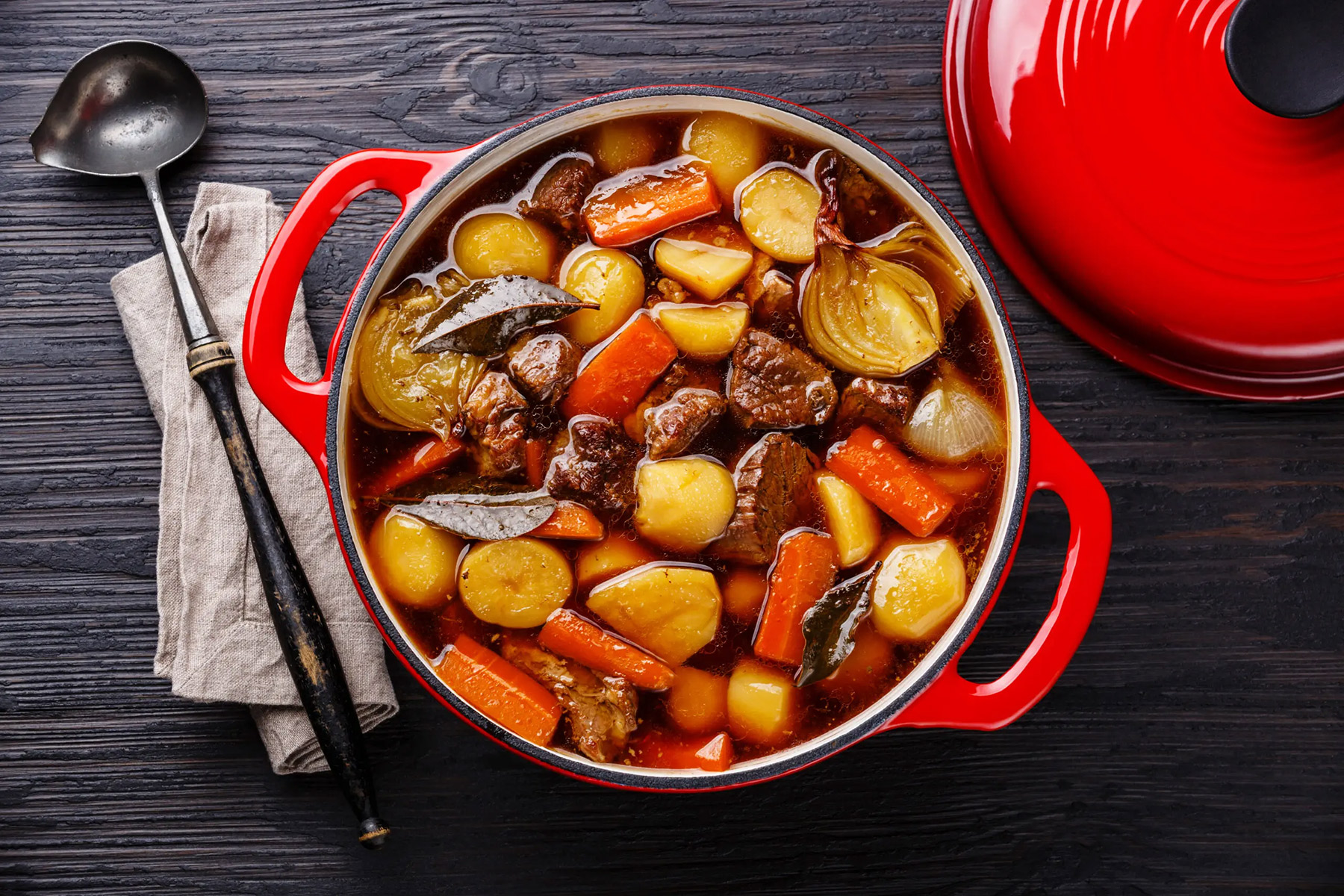
Stew
Stews and casseroles are classic comfort food, great for filling bellies and batching to cook once and eat twice. Plus, they are affordable, simple, adaptable and easy to add more veg to! We’ve gathered some expert tips and small steps for you to take your stew from good to great.

Why are stews so great?
A stew (or casserole – which is just a stew cooked in the oven instead of on the stove!) is a simple, filling, affordable and flavour-rich dish to feed a family during the cooler months.
It’s a classic comfort food, and easy to adapt to bring in new flavours and veggies in a subtle way.
Once you have mastered a basic stew, it’s simple to adapt and is always filling for little bellies, not to mention easy to batch and make more for later in the week (or month) so you can cook once and eat twice!
Use the basic recipe and tips below to take your stews from good to better!
How are your stew skills?

Getting
started
I’m just starting out.

Next
Level
I’m ready to take it to the next level.

Engaging
Kids
How can I get my kids involved and interested?

Getting Started
A stew (or casserole – which is just a stew cooked in the oven instead of on the stove!)
is a simple, filling, affordable and flavour-rich dish to feed up a family during the cooler months.
Here is a simple recipe for stew which you can use as a base and build on over time…
Stew
Claire Wright
Ingredients:
Meat/veggie alternative (cheap cuts such as stewing beef/shin, skinless chicken thighs on the bone, or diced pork work well here as they do well with being cooked low and slow)
Optional casserole veg (bag of frozen casserole mix, root veg, or any frozen mixed veg)
Stock (and/or tomato sauce)
optional dried mixed herbs for extra flavour
Method:
-
Cook the meat/veggie alternative according to package instructions if using (usually this is just frying in a little oil until lightly golden, cooked through and piping hot). Add the veg, if using, and pour over the stock or sauce (and herbs, if using), then turn the heat up until your stew is bubbling.
-
Turn the heat back down to simmer the stew, covered with a lid, for an hour, or until everything is cooked through and soft, checking occasionally and stirring, even adding a little extra stock or sauce if needed to stop it sticking.
-
For a casserole, instead of simmering on the stove, preheat the oven to 180C/gas 4 while you are bringing the stew to the boil, then cover the (ovenproof) pan with a lid and pop in the oven for an hour or until ready.
-
If your stew looks too dry when you check on it, add a little more stock and/or sauce. If it looks too thin at the end, then mix 1 tbsp cornflour with 1 tbsp water in a bowl and stir in a few spoonfuls of the stew, then add it into the pan and cook for another 5-10 mins uncovered, stirring regularly, until thickened.
There is no need to go any further with this recipe until you are confident with it and feel up for the next step.
Feeling ready? Let’s see how you can get your next small victory without battles…

Engaging Kids
Kids who engage regularly with veg through veg-themed activities, such as arts and crafts, sensory experiences, growing and cooking are shown to be more likely to eat the veg they engage with. Encouraging kids to engage and play with veg is the handy first step to them developing a good relationship with veg and life-long healthy eating.

Kids in the kitchen
The eventual aim, if possible, is to get kids in the kitchen. Don’t worry, this doesn’t have to mean they are with you from start-to-end creating mess and rising stress levels! It can be as simple as giving them one small job (stirring, measuring, pouring, grating, chopping…) ideally involving veg. They can come in to do their little bit, and have fun with you for a few minutes. Getting them involved, making it playful and praising them plenty for their involvement, perhaps even serving it as dinner they “made”, makes it much more likely they will eat the food offered, not to mention teaching them important life skills. Find ideas, safety tips, videos and even a free chart in our Kids in the Kitchen section here.

Activities
While getting kids to interact with veggies for real and using their senses to explore them is best, encouraging hands off activities like arts & crafts, puzzles & games or at-home science experiments can be a great start, particularly for those who are fussier eaters or struggle with anything too sensory. Use these veg-themed activities as a stepping stone to interacting with the veg themselves. We have loads of crafty downloads here, puzzles here, and quirky science with veg here.

Sensory
Once you feel your child is ready to engage a little more, you can show them how to explore the veg you have on hand with their senses, coming up with playful silly descriptions of how a veg smells, feels, looks, sounds and perhaps even tastes. Find ideas, videos and some simple sensory education session ideas to get you started here.

Serving
The moments before food is offered can be a perfect opportunity for engagement that can help make it more likely a child will eat it! Giving children a sense of ownership in the meal can make a big difference to their feelings going into it and the pride they take in it. You know your child best, but if you aren’t sure where to start, we have some fun and simple ideas for easy roles you can give them in the serving process over here.

NEXT LEVEL
I Want To Improve My Stew
If you are feeling confident with your favourite stew recipe, but you’re wondering if there are some small tweaks you could make for the better, this is for you.
We’ve outlined some simple stages for continually improving on a basic stew to get you from good to great. Find where you feel your current recipe sits and see if the next step is something you could aim for. You don’t have to go any further, but if you choose to, make sure you are feeling confident with this new stage before you try the next one.
And remember, the MOST important thing is that the family enjoys the meal! These changes and swaps can take as long as is needed if your family isn’t ready for big changes all in one go. Small simple improvements over time may not even be noticed.
Better Sauce
Read the labels on jars of sauces, stock cubes, etc and make changes as slowly as needed for your family, gently moving them towards lower sugar, salt and fat options and ingredients you recognise.
If and when you feel ready, you could start making your own stock. Swapping in reduced salt stock cubes is a good start. You can even make a simple stock for free by chucking carrot, celery, onion or leek scraps, ends and peelings (or whole ones that are getting a little wilted) intro a pan of water with a pinch of salt and simmering for 10-20 mins and straining into a jar or container ready to use. This even freezes well for future use if you want to make a batch of it!
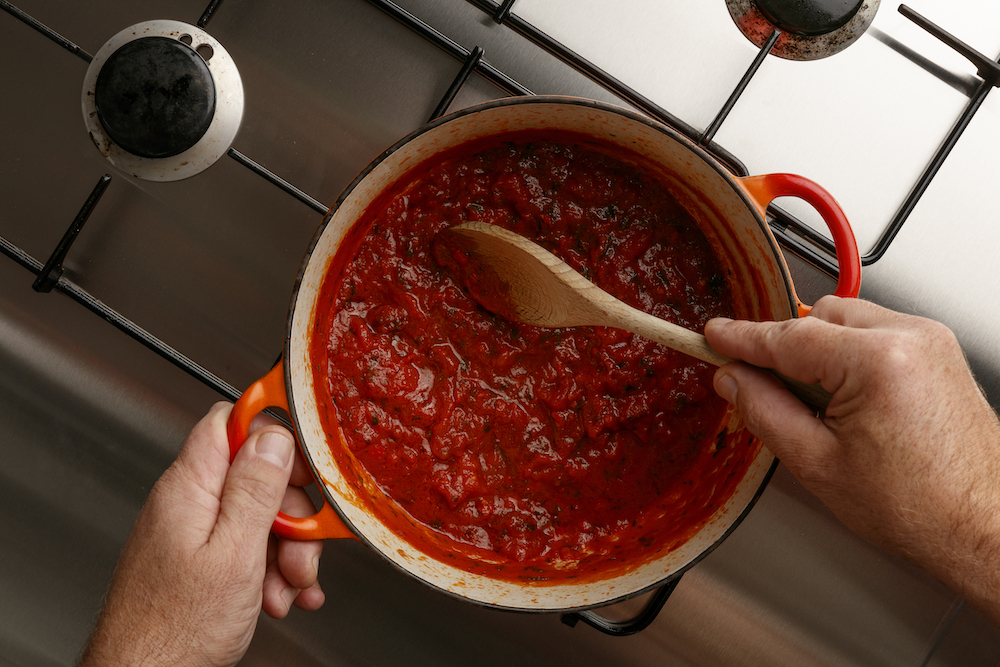
Making meals go further
With food budgets being stretched, meat can be expensive. Using veg and pulses can help a meal go further without noticeably altering the taste and texture. This not only saves you money, it also helps you get a little closer to 5-a-day! Go at your pace and work through the stages to build up to 50% meat and 50% pulses/veg over time if you can.
For a stew or casserole, try a tin of kidney or black beans, or a white bean like butter, cannellini or haricot, drained, rinsed and added for the last couple of mins of cooking, or add a tin of cooked lentils if you prefer. Even baked beans can work well in a stew and add flavour to the sauce! If you think it will be turned down, try starting with just half a tin and perhaps even blending it into the sauce and just reduce the meat while adding more lentils and/or beans slowly each time you make the meal.
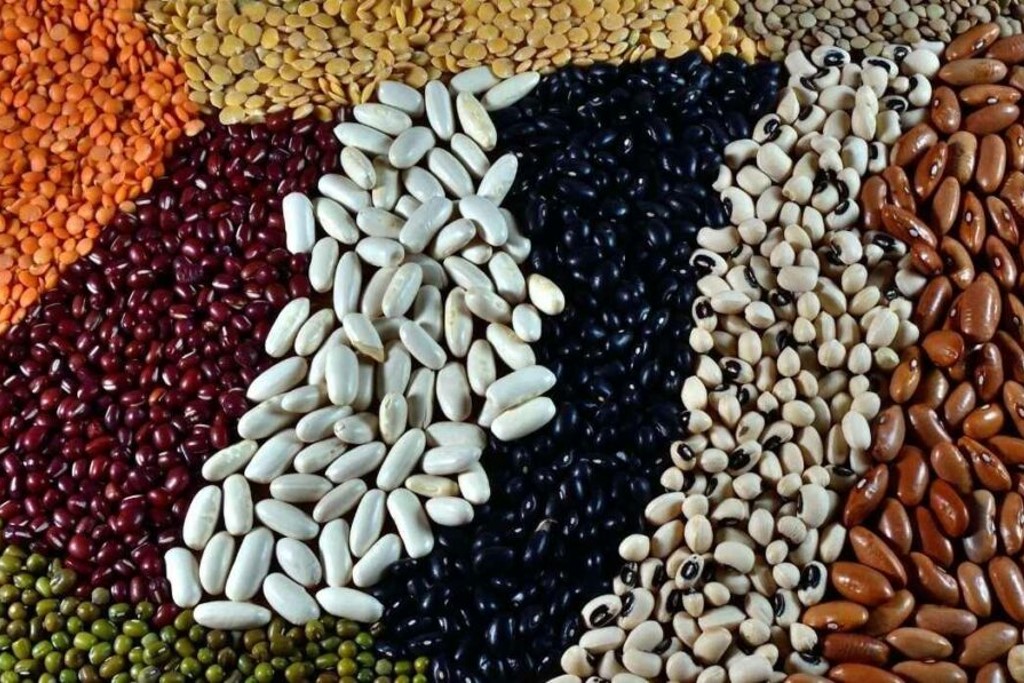
Add veg
Adding veg means adding bulk, vitamins and fibre, so you can fill up hungry bellies while making a favourite meal cheaper, more filling and healthier! For the best chance of success, start small (with a veg you know the family like if possible), add a little more each time, don’t try to hide it, and build up over time.
Aim for 2 handfuls of veg per person in the long-run, but it’s better to go slowly and get there eventually than to rush to the finish line and find no one is ready to get there with you.
- Start with frozen veg – there is less waste, it’s cheaper and easier to use a little more each time. Try chopped squash, sweet potatoes, parsnips or other root veg, mixed veg or “casserole veg”, sliced carrots, green beans, peas or sweetcorn, sliced mushrooms, peppers or onions, chargrilled Mediterranean veg, broad beans, or baby leaf or chopped spinach (check packet instructions, but most can be added towards the end of cooking time).
- If using fresh veg, make sure it is added at the start and allow time for it to soften in a little oil before adding the protein, and stock. Try finely diced fresh carrots, onions, fennel and/or celery, sliced peppers or mushrooms, or adding chopped root veggies with the stock and allowing enough time to cook until soft. Or add some leafy greens for the last few mins.
- What works? Most veg will work here, in particular root veg, squash and leafy greens.
Don’t forget that the MOST important thing is that the family enjoys the meal! There’s no rush, and no pressure in not getting to 2 portions per serve.
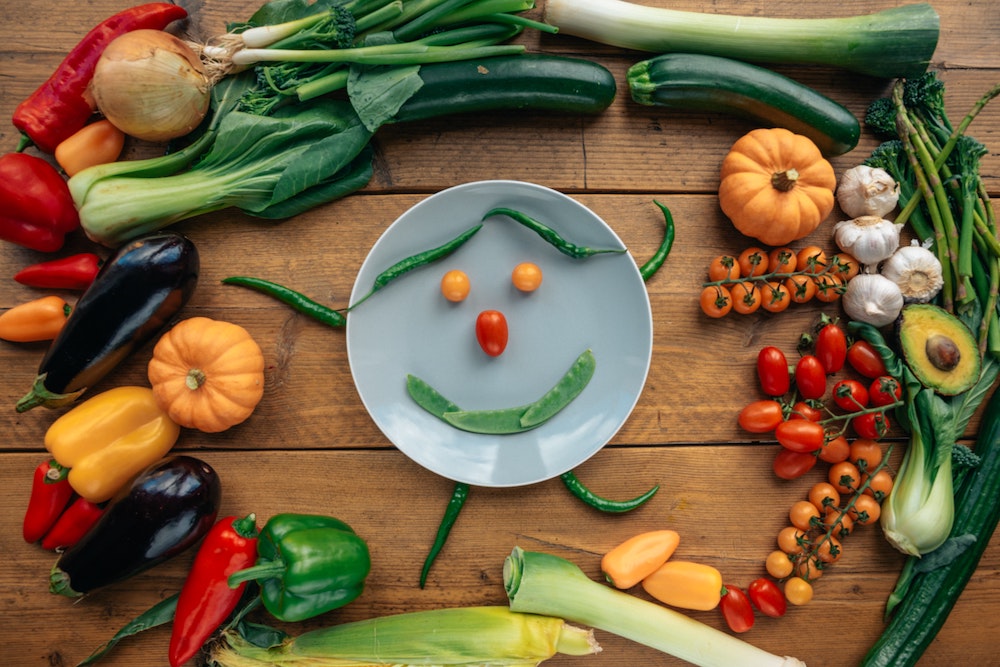
Batch cooking
Once you are happy with your recipe, why not batch cook and freeze extra to save you future time, effort and money? Stew freezes well – just double or triple the recipe and portion the extra into freezer bags or containers when cold, freezing for up to 3 months, or keeping in the fridge for a few days. Just remember to reheat to piping hot to serve.
Not sure if batch cooking is for you? People often think batch cooking means you have to have a big freezer and a slow cooker. But while those things can be helpful, they’re definitely not essential. Find out more about how to start small with batch cooking in our guide.
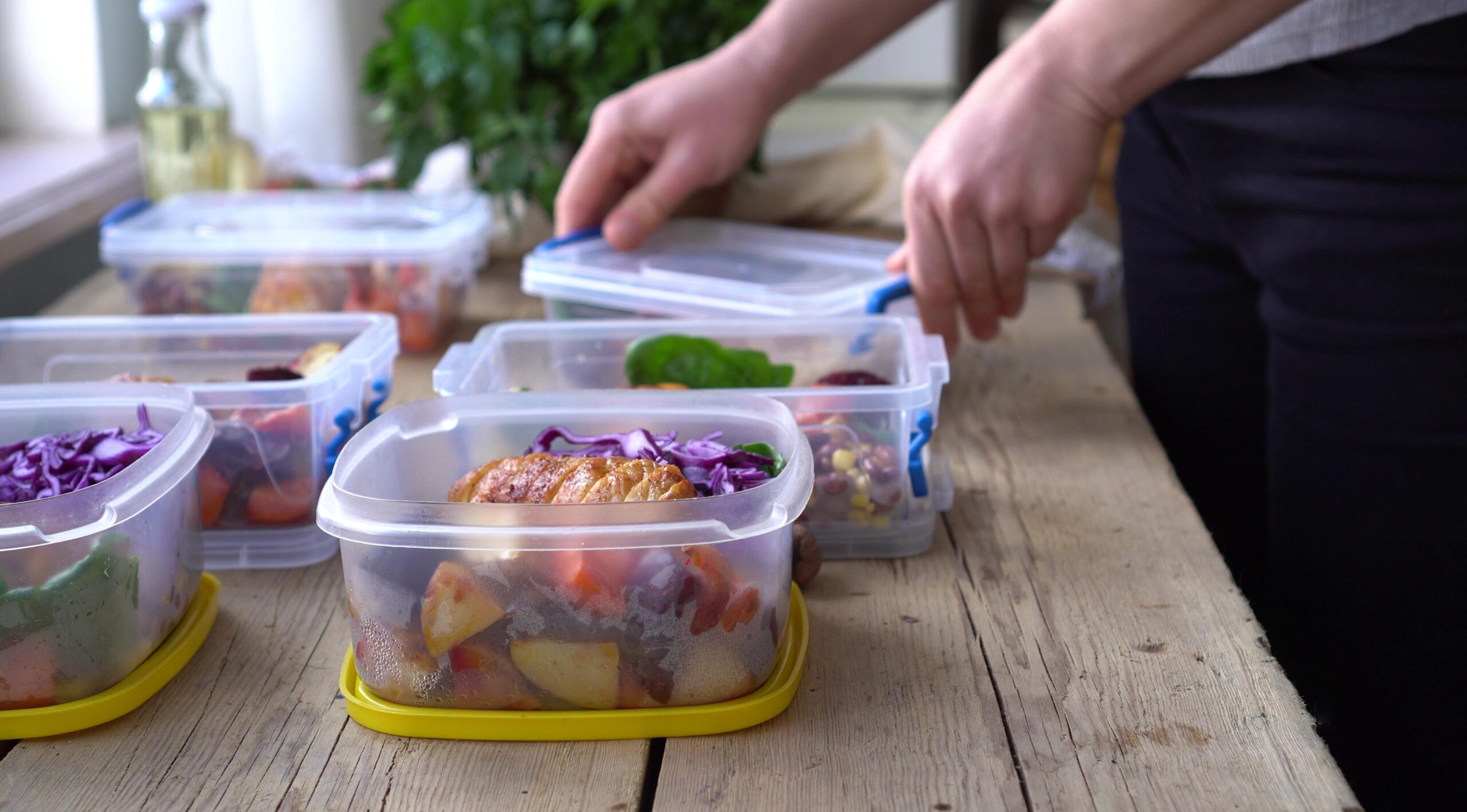

engaging kids
Play is essential!
Think of children helping in the kitchen as a role play game with plenty of fun for maximum effect. One of the best ways to develop a love of veg in kids is to get them involved in the prep of the veg. Not only is cooking an essential life skill for kids to learn, but it’s a great, fun way to get them engaging with healthy foods!
Cooking with kids
One of the best ways to develop a love of veg in kids is to get them involved in the prep of the veg. Not only is cooking an essential life skill for kids to learn, but it’s a great, fun way to get them engaging with healthy foods! They don’t have to be involved in the whole process especially when they are very young (let’s keep the mess to a minimum!), just give them 1-2 smaller jobs they can own with some supervision.
If you are making a stew, why not get younger kids washing and tearing leafy greens, pouring stock or sauce into the pan with your help, and chucking a couple of handfuls of your chosen veg in.
Older kids might be ready to learn how to chop some fresh veg to add at the start of the meal, stir everything together in the pan, or help you make a quick stock or sauce to add in!
See if they can tick off our Kitchen Ninja skills over time as you all get used to the recipe.

Arts & crafts
While getting kids to interact with veggies for real and using their senses to explore them is best, encouraging veg-based arts & crafts can be a great start, particularly for those who are fussier eaters or struggle with anything too sensory.
Use these arts & crafts as a stepping stone to interacting with the veg themselves. While you make your stew, why not set them up with our cut out and colour carrot page?

Games & puzzles
Like arts & crafts, games & puzzles are a very safe way to get veggies to become more familiar and takes any pressure off eating or engaging their senses around veg for now.
A great place to start with stew might be our Carrot Launcher game!

Sensory
Sensory engagement with veg is possibly the best way to get children to slowly become more familiar with a veg. Take away the pressure to taste for now (and remember that ‘tasting’ could be expanded to include sniffing, licking and smelling) and instead encourage exploring a veg with a sense of smell, hearing, touch or sight.
Why not start with a couple of cubes of cooked squash or root veg like sweet potato and get them to describe what they taste – does it remind them of anything? Maybe it tastes like autumn or Christmas. If they aren’t feeling up to tasting it, suggest sniffing or licking to see if that gives them a sense of the taste that they can describe. Make sure you join in and describe it yourself. See if they want to chuck some into the stew after having engaged with them.

Serving
If your kids aren’t ready to be in the kitchen helping with part of the prep or cooking process, why not give them a job around the serving that could help them feel involved in the meal?
A crafty kid may like to design a beautiful menu, one who likes to help can lay the table. One may like to help you plate up the food, another may love to give the meal a theme! If you can (and we know it’s not always possible), try to eat with the kids, as they are much more likely to eat healthier food if they see it being eaten (and enjoyed!) by their families.
Why not let your child come up with a fun name and story for your stew? Perhaps different veg and elements in the stew are having a battle, or joining forces against the mash! Let them use their imaginations and enjoy the process. Make sure to praise them for their help and to use the name and story chosen when serving, it may encourage them to try some!
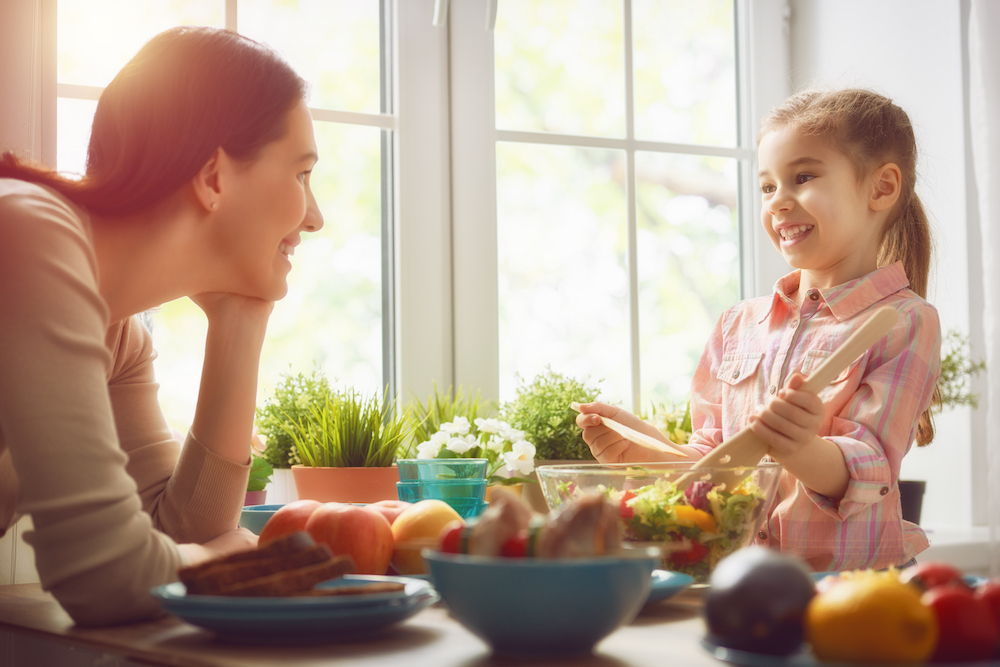

DO you have a question you’d like one of our experts to help you with?

SIMPLY VEG
Need to get your kids eating more veg?
Our only goal is to help parents and carers serve up affordable, simple food their families will love. We know that takes more than a few recipes, so we've got all the hacks and advice you'll need. Join now. It's 100% free and 100% simple.


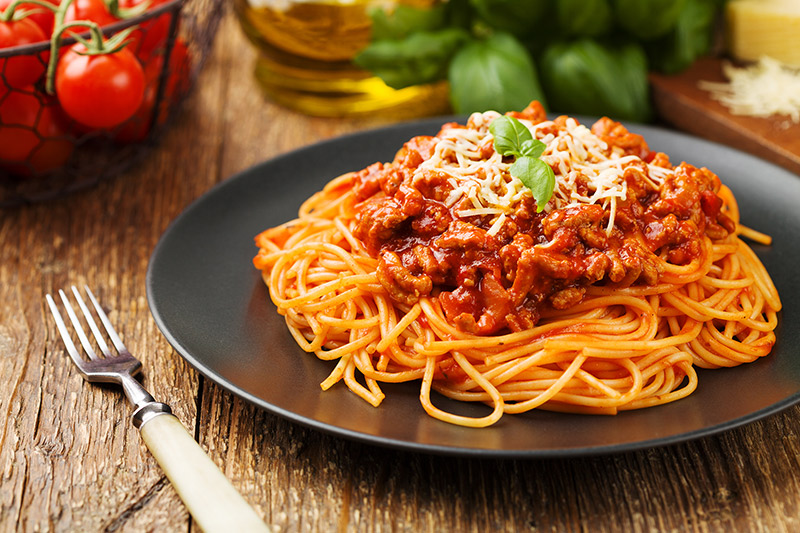
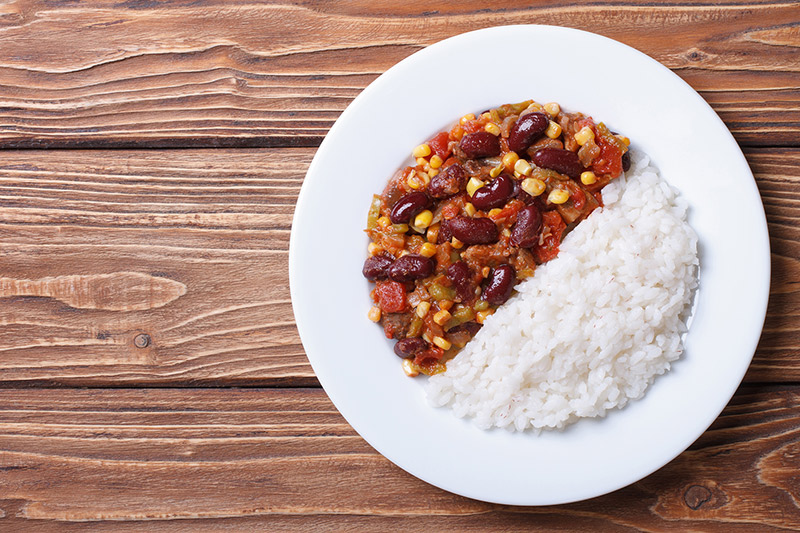
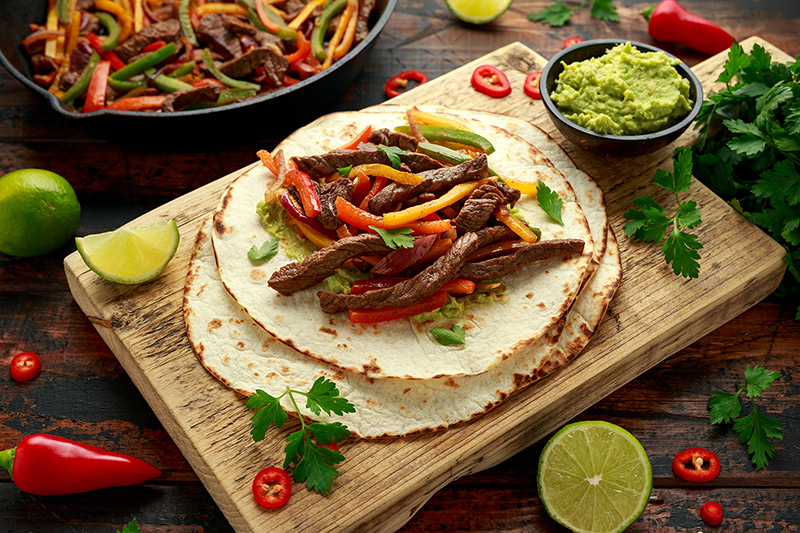
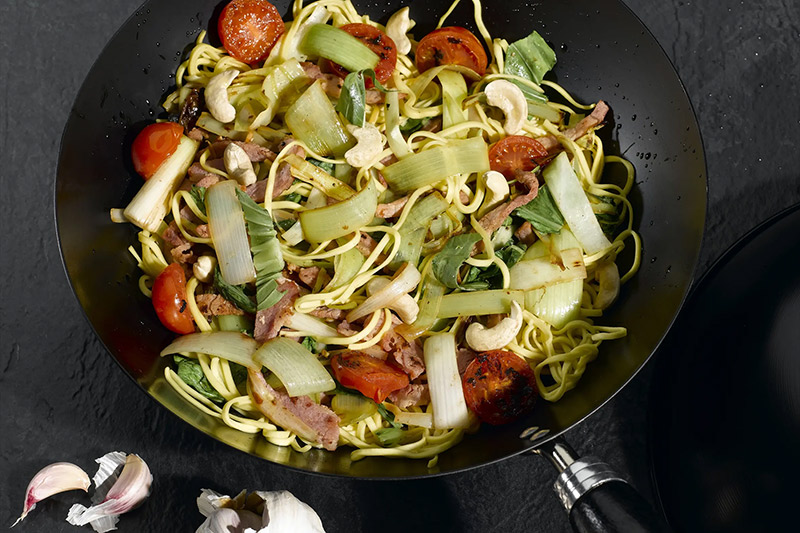
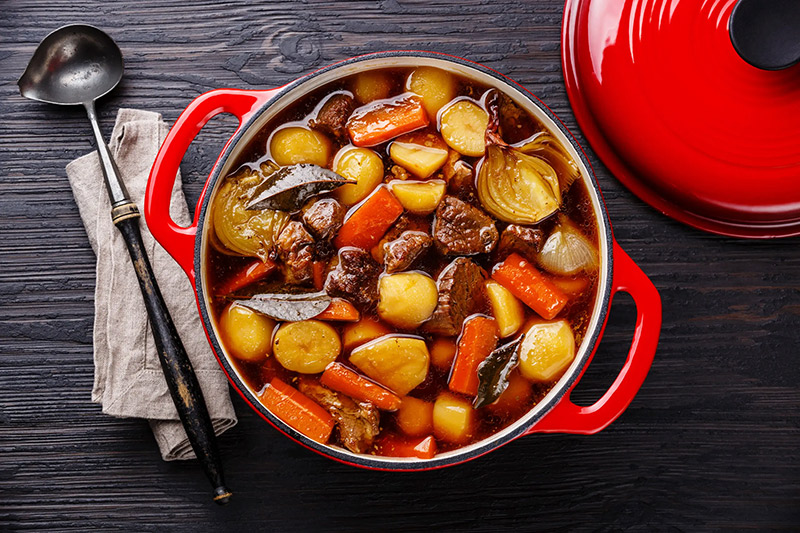
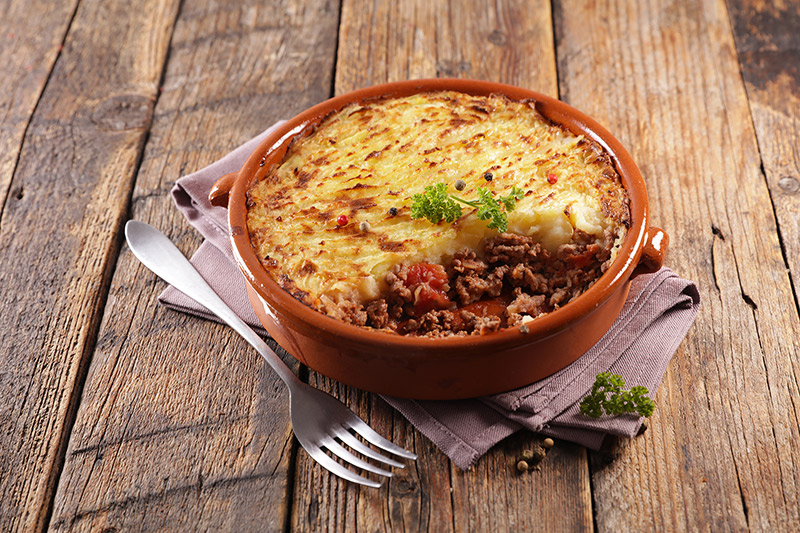
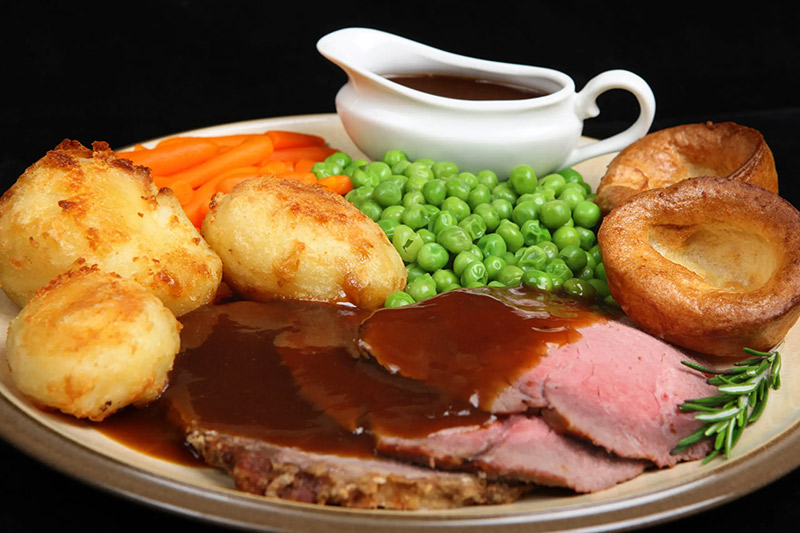
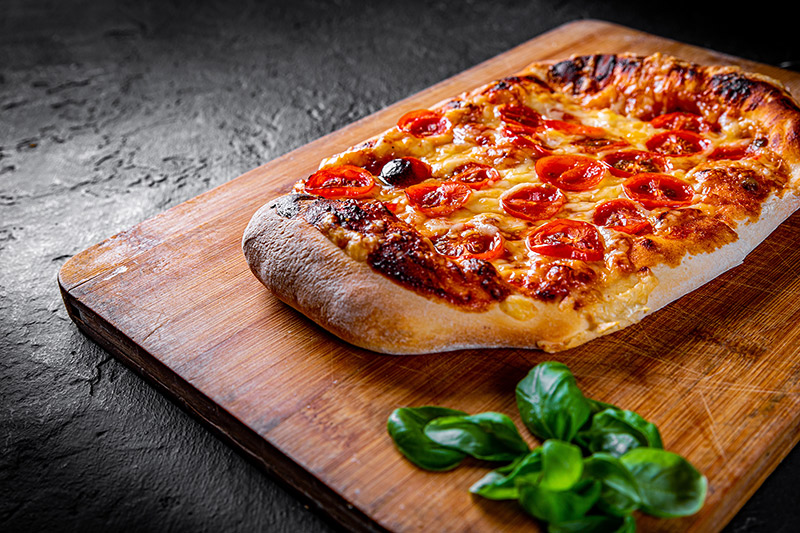
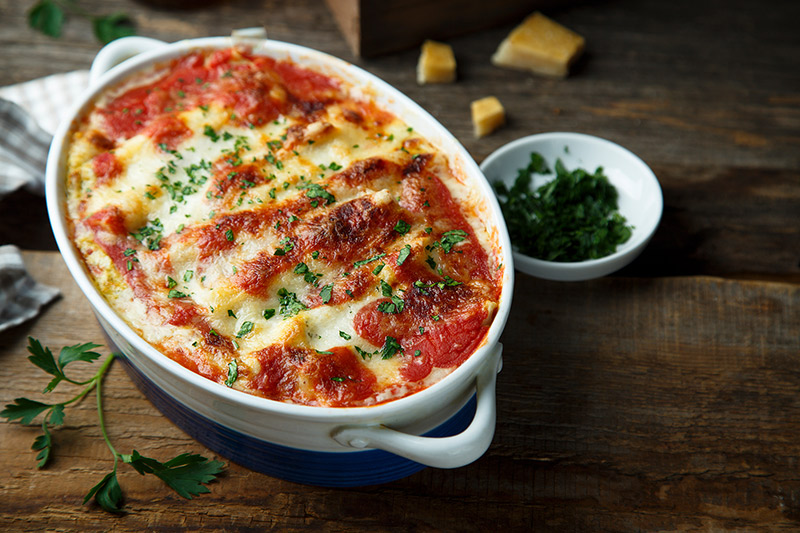
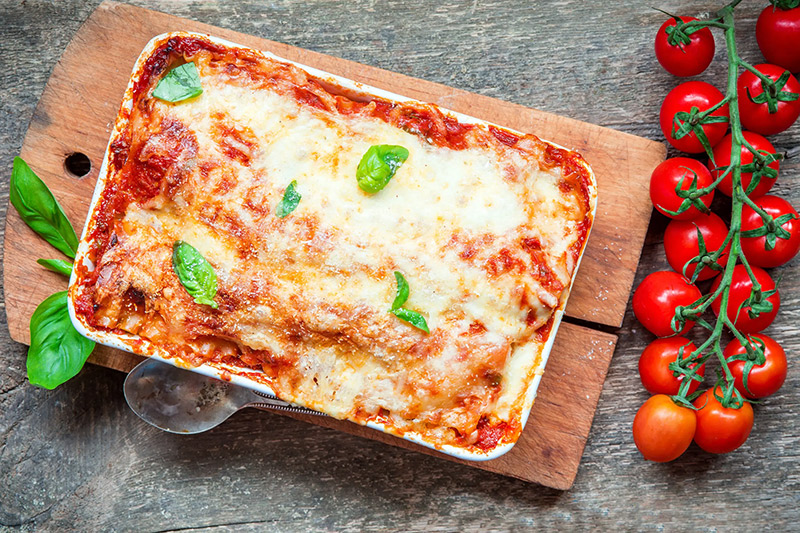
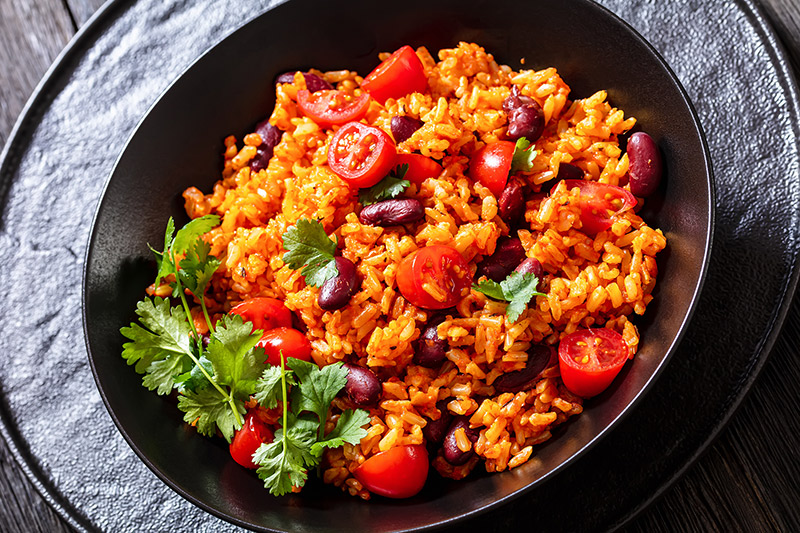
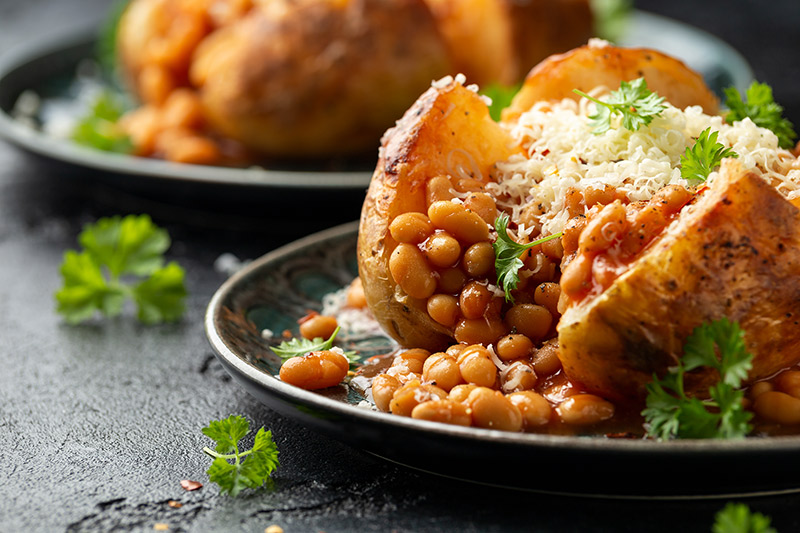
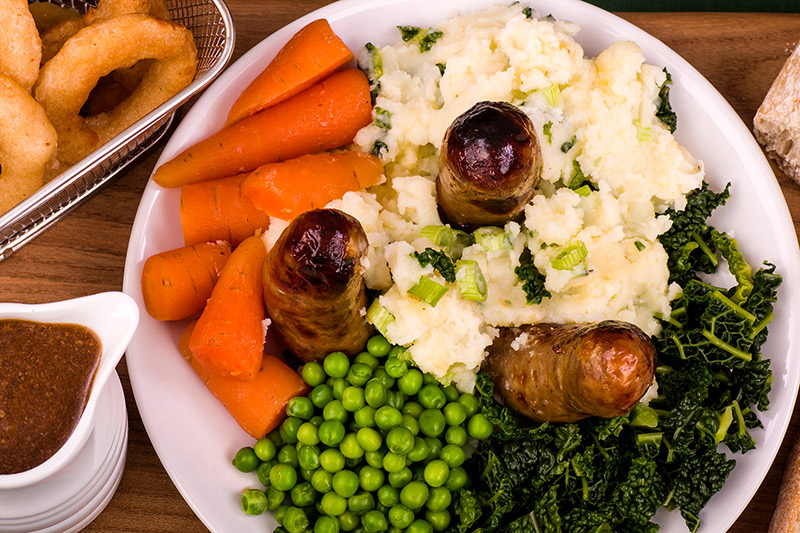
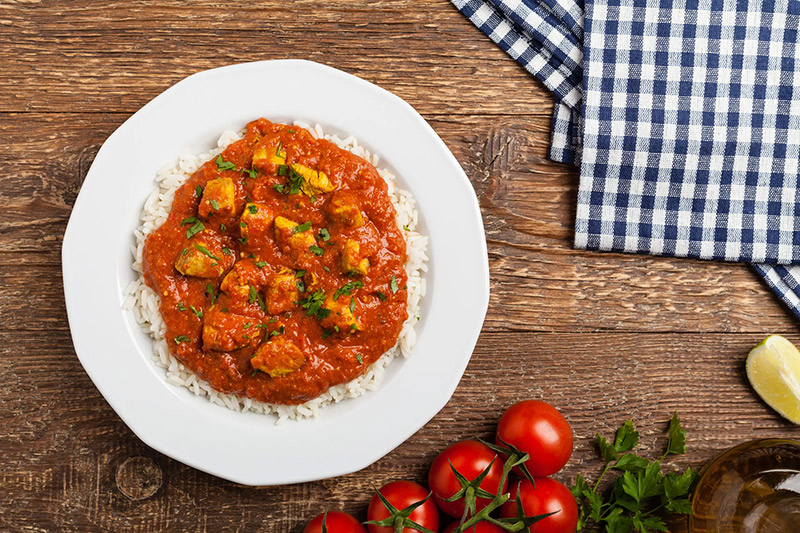
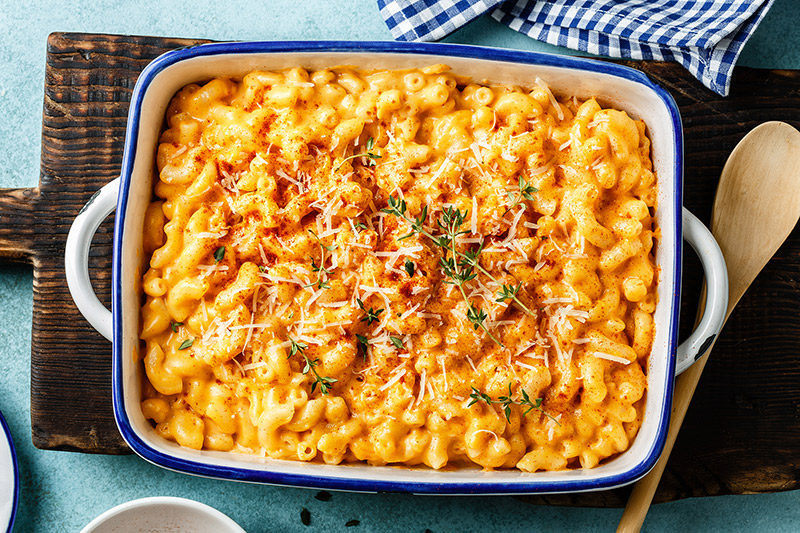
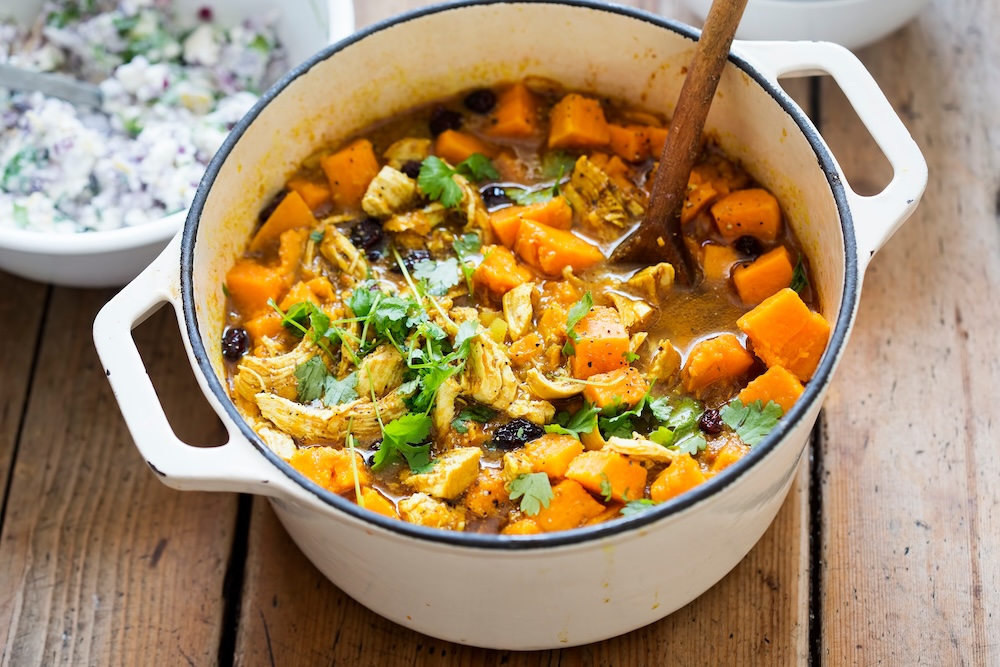
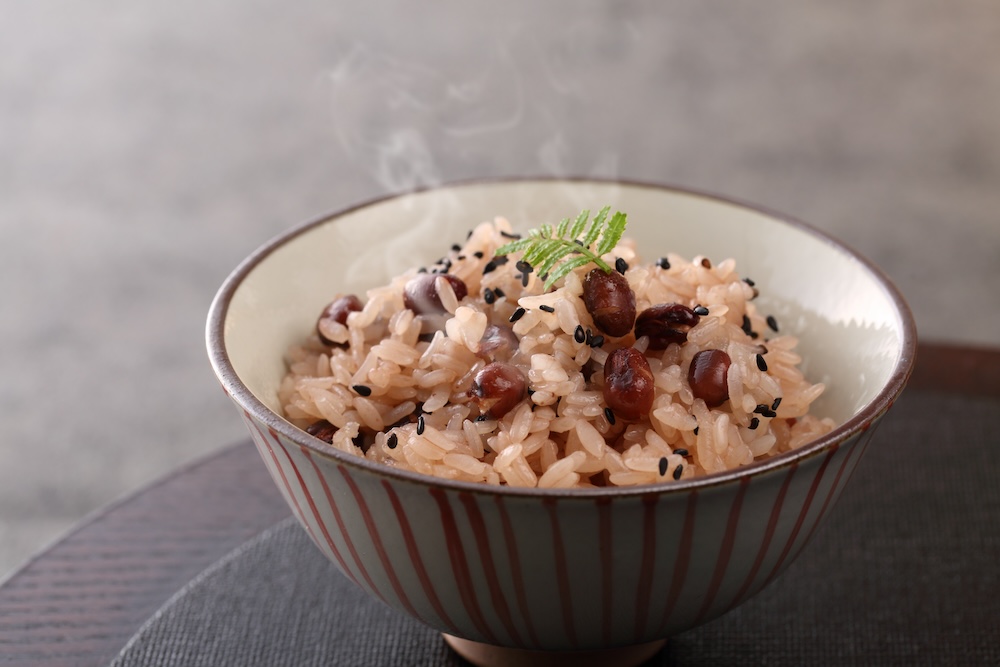
Follow Us on Social